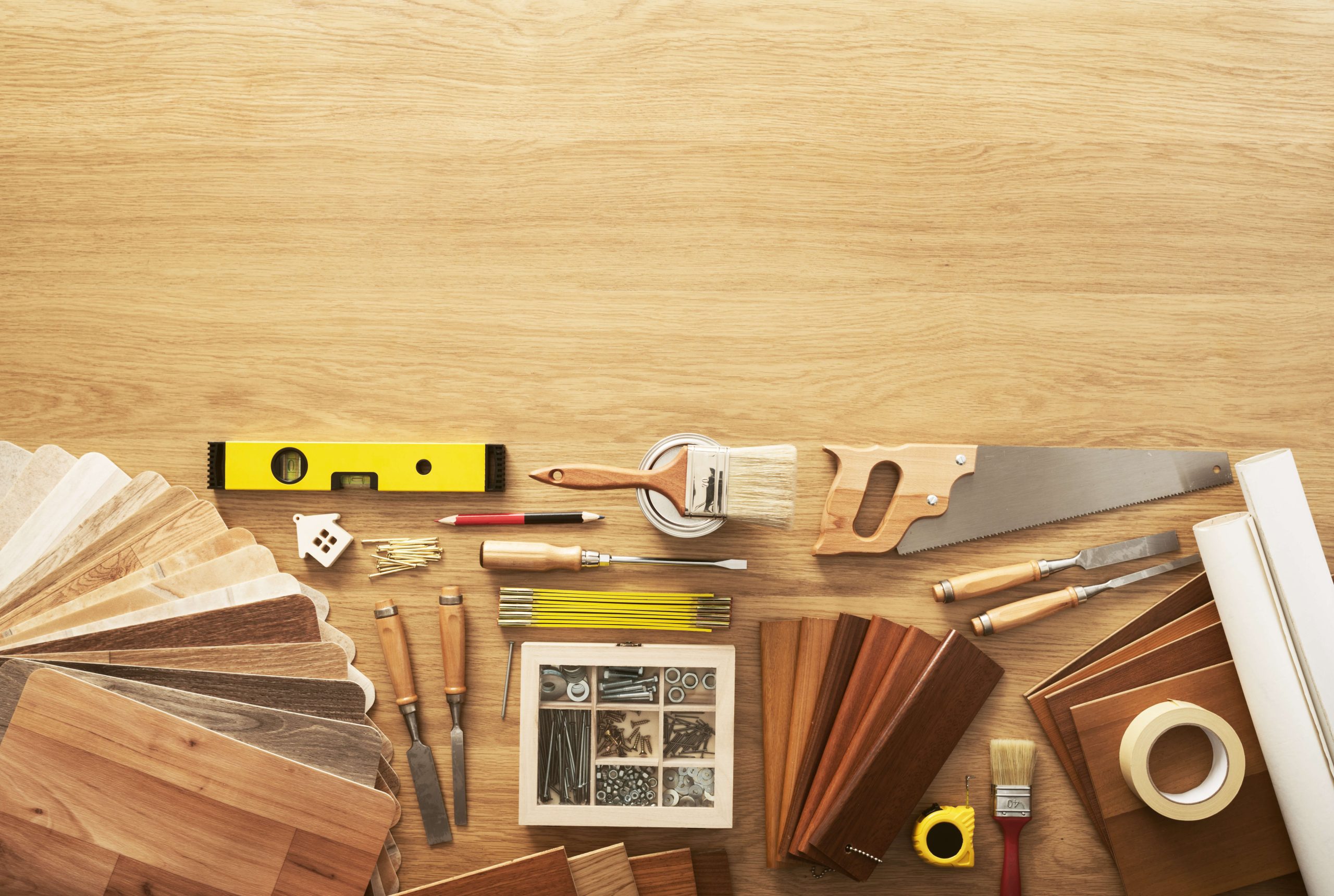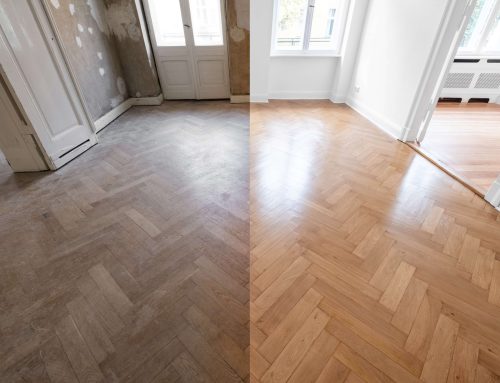Wood floor restoration is a comprehensive process aimed at reviving the beauty and functionality of your hardwood floors. Over time, even the most well-maintained wood floors can suffer from scratches, dents, discolouration, and other forms of wear and tear. Expert wood floor restoration goes beyond cleaning and includes techniques such as sanding, staining, and refinishing to restore the floor’s original charm.
Signs Your Wood Floors Need Restoration
Recognising when your wood floors require restoration is essential. Here are common signs to watch for:
- Scratches and Dents: If your floors are marred by scratches or dents, it’s time to consider restoration.
- Discolouration: Noticeable changes in colour, especially in high-traffic areas, indicate that your floors may need attention.
- Buckling or Warping: This can result from moisture damage, which often necessitates restoration.
- Gaps Between Floorboards: Expanding and contracting wood can lead to gaps, signalling that restoration is needed.
- Worn Finish: If the protective finish has worn away, your floors may be susceptible to further damage.
The Wood Floor Restoration Process
Assessment and Inspection
Before embarking on any restoration project, a thorough assessment of the floor’s condition is necessary. This includes inspecting for damage, identifying areas that require more attention, and determining the best restoration techniques to use, often provided by professionals like floor sanding Leeds.
Preparation for Restoration
Preparation is key to a successful restoration. This step involves:
- Clearing the Area: Remove all furniture and rugs from the floor to ensure a clear working space.
- Cleaning the Floor: A deep clean will remove dirt and grime, allowing for a more effective restoration process.
- Assessing Damage: Identify and repair any significant damage before beginning the restoration.
Sanding the Floor
Sanding is one of the most critical steps in the restoration process. This involves using a heavy-duty sander to remove the old finish and smooth the surface. Here’s how it’s done:
- Choose the Right Grit: Start with a coarse grit sandpaper to remove the old finish, then gradually move to finer grits for a smooth surface.
- Sand with the Grain: Always sand in the direction of the wood grain to avoid creating scratches.
- Dust Removal: After sanding, thoroughly clean the area to remove all dust, which can affect the final finish.
Staining and Finishing
Once the floor is sanded, it’s time to apply stain and finish:
- Choosing a Stain: Select a stain that complements your home’s décor and personal style.
- Application: Use a brush or roller to apply the stain evenly, working in small sections.
- Finishing Coat: After the stain has dried, apply a protective finish. This could be oil-based or water-based, depending on your preference. Multiple coats may be necessary for optimal protection.
Choosing the Right Professionals for Wood Floor Restoration
Selecting the right professionals is crucial for a successful restoration. Here are tips for choosing the right team, including experts like floor sanding Leeds.
- Experience and Reputation: Look for professionals with a solid track record in wood floor restoration. Check reviews and ask for references.
- Services Offered: Ensure they offer a comprehensive range of services, including assessment, sanding, staining, and finishing.
- Licensing and Insurance: Verify that the contractors are properly licensed and insured to protect yourself from potential liabilities.
- Estimates and Quotes: Obtain multiple estimates to compare prices and services. Remember, the cheapest option may not always be the best.
Maintaining Your Restored Wood Floors
Once your wood floors are restored, maintaining them is vital to keep them looking beautiful. Here are essential maintenance tips:
- Regular Cleaning: Sweep or vacuum regularly to remove dirt and debris. Use a damp mop with a wood-friendly cleaner for deeper cleaning.
- Avoid Excessive Moisture: Wood is susceptible to moisture damage. Wipe up spills immediately and avoid using excessive water when cleaning.
- Use Protective Pads: Place felt pads under furniture to prevent scratches and dents.
- Reapply Finish: Over time, your floor’s finish may wear down. Consider reapplying a protective finish every few years to maintain its appearance.
Conclusion
Wood floor restoration is an investment in your home’s beauty, value, and longevity. By understanding the restoration process and recognising the signs that your floors need attention, you can ensure that your hardwood surfaces continue to enhance your living space. Choosing the right professionals, like floor sanding Leeds, and maintaining your restored floors will further prolong their life, making them a lasting asset for every homeowner.
For more information, visit Floorsandingleeds.co.uk. Embrace the transformation and enjoy the renewed elegance that expertly restored wood floors can bring to your home.





